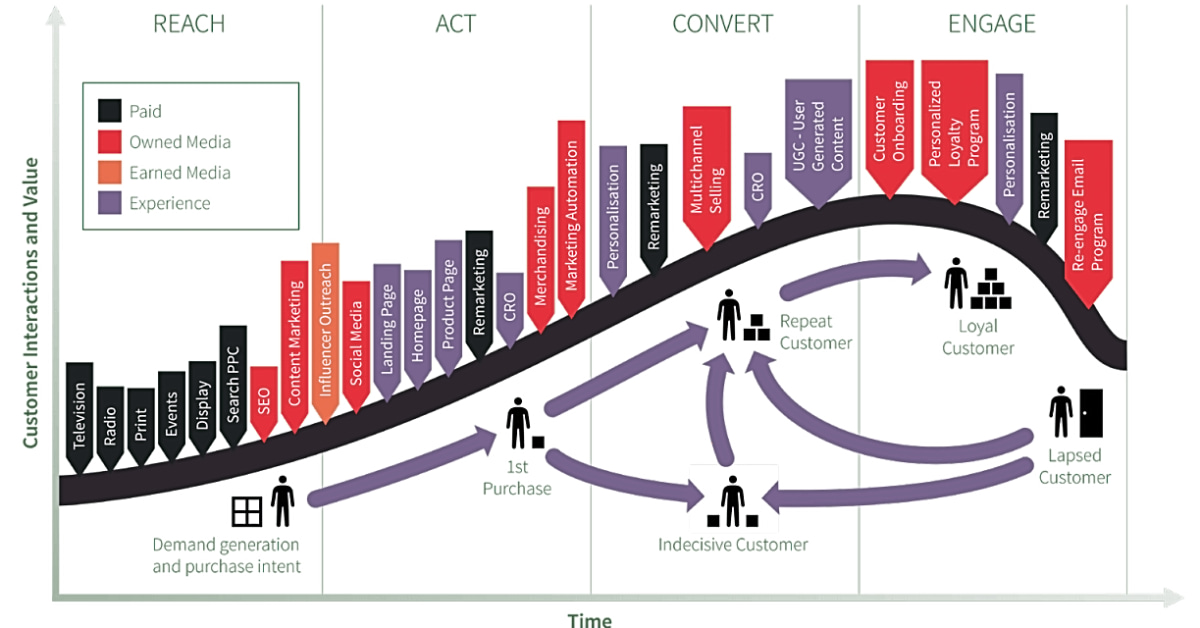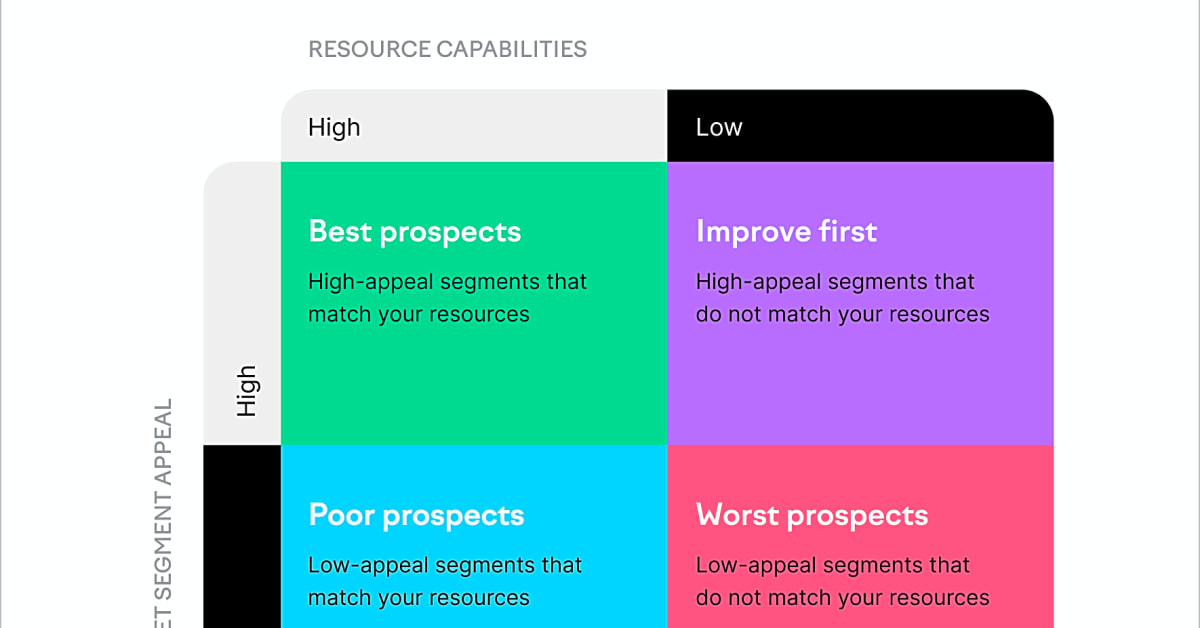In today’s competitive business landscape, understanding your customers is more important than ever. Customer analysis, also known as customer segmentation, is a crucial process that helps businesses gain insights into their target audience and make more informed decisions. By analyzing customer data, businesses can identify patterns and trends, understand customer needs and preferences, and develop effective marketing strategies to attract and retain customers. In this article, we will discuss how to conduct effective customer analysis for your business, including the various types of market analysis and why it is essential for any business to stay ahead in the market.
To conduct an effective customer analysis, there are several key areas that you need to cover. These include strategic planning, business development, market analysis, goal setting, risk management, organizational growth, SWOT analysis, and market research.
Strategic planning involves creating a plan for your business that outlines your goals, objectives, and strategies for achieving them. This is important for understanding your customers because it helps you identify the direction of your business and how your customers fit into that picture.
Business development is the process of identifying and pursuing new opportunities for your business. This can include expanding into new markets, developing new products or services, or forming partnerships. By understanding your customers, you can identify potential areas for growth and development that will appeal to them.
Market analysis involves studying the market in which your business operates. This includes analyzing the industry as a whole, as well as your competitors and target audience. By understanding the market, you can gain insights into your customers’ behavior, preferences, and needs.
Goal setting is an important part of any business strategy. By setting clear and measurable goals, you can track your progress and make adjustments as needed. Understanding your customers can help you set realistic goals that align with their needs and expectations.
Risk management involves identifying potential risks to your business and implementing strategies to mitigate them. By understanding your customers, you can anticipate any potential risks that may impact their satisfaction or loyalty, and take proactive measures to address them.
Organizational growth refers to the expansion and development of your business. By understanding your customers, you can identify opportunities for growth and make strategic decisions that will help your business thrive.
SWOT analysis is a tool used to identify the strengths, weaknesses, opportunities, and threats facing your business. By understanding your customers, you can conduct a more accurate SWOT analysis and use the insights to inform your business decisions.
Market research involves gathering data and information about your target audience through surveys, focus groups, and other methods. This is crucial for understanding your customers’ needs, preferences, and behavior. By conducting market research, you can gain valuable insights that can inform your business strategies and help you better meet the needs of your customers.
In conclusion, conducting an effective customer analysis is essential for the success of any business. By covering these key areas – strategic planning, business development, market analysis, goal setting, risk management, organizational growth, SWOT analysis, and market research – you can gain valuable insights into your target audience and make informed business decisions that will give you a competitive advantage. Remember, understanding your customers is crucial for improving your company’s performance and achieving long-term success.
Strategic Planning
Strategic planning involves setting long-term goals for your business and outlining the steps needed to achieve them. This includes identifying your target market, understanding their needs and preferences, and developing strategies to reach them.
Market Analysis
Market analysis involves studying your target audience and the overall market in which you operate. This includes understanding consumer behavior, market trends, and competitor activity.
Goal Setting
Setting clear and measurable goals is essential for any business. By knowing your customers and their needs, you can set realistic and achievable goals that will help guide your business decisions.
Business Development
Business development is the process of identifying new opportunities for growth and developing strategies to capitalize on them. This can include expanding into new markets, diversifying your products or services, or forming partnerships with other businesses.
Risk Management
Every business faces risks, but by understanding your customers, you can better anticipate and manage potential risks. This includes identifying potential challenges or threats to your business and developing strategies to mitigate them.
Organizational Growth
use HTML structure with understanding your customers and managing the growth of your business only for main keywords and
for paragraphs, do not use “newline character”
SWOT Analysis
SWOT analysis is a useful tool for understanding your business’s strengths, weaknesses, opportunities, and threats. By conducting a SWOT analysis, you can identify areas where your company excels and areas that may need improvement.
Market Research
Market research is an essential part of customer analysis as it involves collecting and analyzing data about your target market. This includes their demographics, behavior, and preferences, which can provide valuable insights for your business.
By understanding your target market, you can make informed decisions about your products or services. This includes identifying potential gaps in the market, determining the best way to position your offerings, and tailoring your marketing strategies to effectively reach and engage with your target audience.
Through market research, you can also gather feedback from your customers, which can help you identify areas for improvement and make necessary changes to better meet their needs and preferences. This not only helps to improve customer satisfaction but also gives you a competitive advantage in the market.
By conducting a thorough customer analysis, you can gain valuable insights into your target audience that will help you make informed business decisions. From strategic planning to market research, there are many areas to cover when conducting a customer analysis. Remember, the more you know about your customers, the better equipped you will be to meet their needs and stay ahead of the competition.


